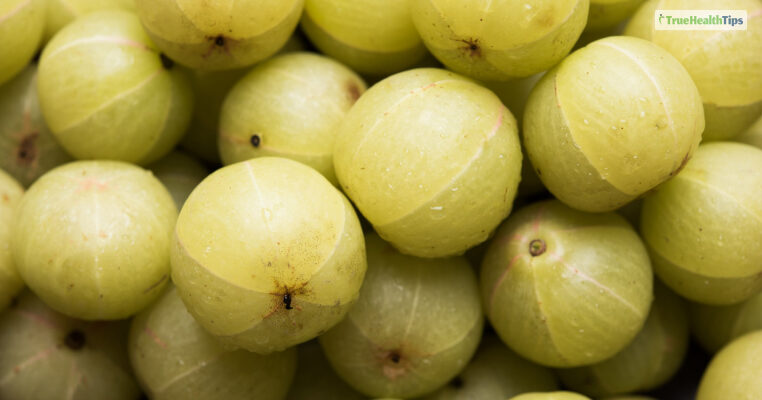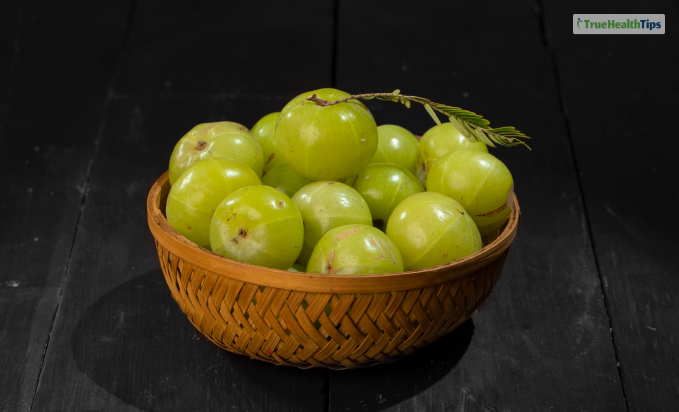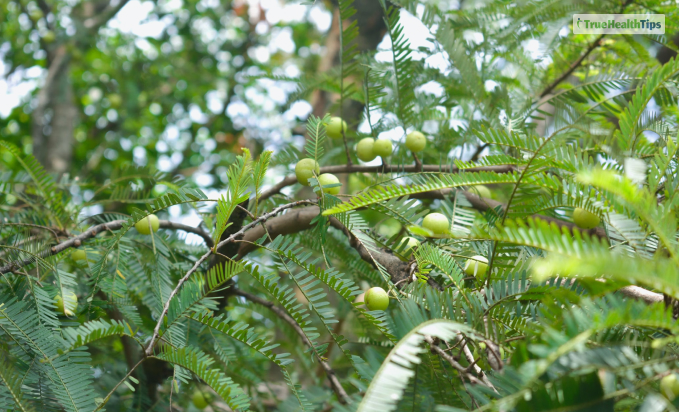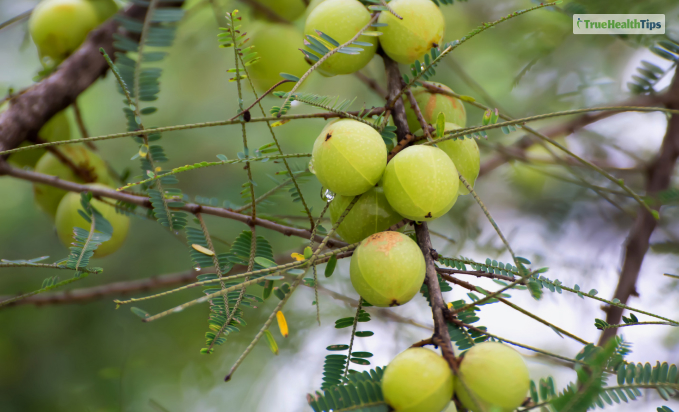
The benefits of amla are not well-known, at least not the useful ones That’s the ill fate that befalls almost every Ayurvedic champion. Amla is no exception where the majority of the population globally may not even know about the benefits.
Amla has several health benefits due to the rich nutrients it carries. There are a lot of health benefits that can come from amla, which people from all age groups can reap.
Want to know more about the benefits of amla? Let us take you on a ride through it!
What Makes Amla Beneficial?

Indian gooseberry or Phyllanthus emblica offers many benefits, including anti-aging and rejuvenation! There is a lot that Amla can offer, and we’re here to explain all of this to you!
It’s a fruit that has several benefits and finds several uses in different aspects. From culinary to healing, it is very helpful. Numerous studies have looked at the benefits it offers.
There are several benefits of amla that you can enjoy once you use it the right way. You must use it correctly as it may have side effects with its wrong use.
Known as a super fruit, it comes with antioxidants and vitamins that confer health benefits to the consumer.
The following properties of amla help improve our health and well-being:
Vitamin C

Did you know that amla has as much as 20 times the vitamin C in oranges? You can consume ample vitamin C, which has great health benefits, with just 100 grams (about 3.53 oz) of amla.
Indian gooseberry or amla houses vitamin C in abundance, twice as much as the daily recommendation. This is why you need to exercise caution while consuming it. The key is to not overdo it and end up with a disbalance.
Fiber

The fruit is a rich fiber source, which can help improve several digestive issues and overall health. It is also great for controlling various cardiovascular issues, as cardiac health is best supported with the help of a diet that has fiber.
Phenolic compounds

Phenolic compounds are secondary metabolites plants produce, such as tannins in fruit, leaves, and branches. The fruit can thus provide many benefits just with polyphenols such as tannins and their derivatives.
Apart from tannins, the fruit also boasts a rich source of gallic acid and ellagic acid, among others. These have a potential role in keeping the immune system healthy.
These are some of the MVPs in amla that make the fruit a superfruit! You should keep a close eye on consumption and not overdo it, thinking you can get all the benefits in one go!
How Much Amla Is Too Much?

Anything above 75-90 mg or 1-2 amla daily is enough for an adult to get all the right nutrients. This is the best-recommended dose of amla for adults, whereas children may be given 1-3 mg of amla in its powder form.
Amla also forms part of Triphala, the tri-ingredient mixture that helps combat several issues. If you cannot chew the fruit in its dried or fresh form, you may also choose to drink its juice.
Provided it is fresh and not store-bought, it can contain harmful preservatives. Let us look at the health benefits that you can reap with the help of appropriate servings.
Health Benefits of Amla
People who have been closely following Ayurveda know the miracle ingredients it boasts of for hundreds of years! Amla is one of those fruits that can provide many advantages to the consumer. Here are all the great benefits that amla can provide:
1. Improves cholesterol levels

One of the cardioprotective activities that amla has includes reducing the levels of cholesterol in the blood. It is one of those fruits that can reduce the increased cholesterol levels, which can harm cardiovascular health.
High levels of cholesterol can lead to blockage in the artery, leading to heart attack or stroke. The regular consumption of amla can lead to a drastic improvement in the levels of cholesterol.
Apart from these, amla is also helpful in improving blood glucose levels, blood pressure, and levels of LDL. All of these can help improve cardiovascular health. Unless you are on medications, do not consume amla without consulting your doctor.
2. Safe for children

The safety of amla for age groups is quite well known. Being an ayurvedic remedy for various ailments, it is great for the consumer in the right quantities. It is also important to check for allergies before consuming amla, as people with allergies to its components.
3. Gluten-free and suitable for colitis patients

Amla is a nutritionally packed fruit that can provide a lot of energy to the consumer. Amla is also known to help people with colitis or other gastrointestinal issues that may plague them.
The high fiber, vitamins, and nutrients in the fruit can support a person’s health without the help of gluten. The fruit becomes a great snack especially for those with a gluten allergy!
It helps promote intestinal health by reducing inflammation, which can come with gastrointestinal issues such as colitis. So, you can consume it without fearing an allergic reaction if you have inflammatory issues.
4. Natural energizer

Amla is a rich source of vitamin C, which can act as an energizer for humans. The vitamin content of amla is great for people who may feel low on energy constantly. It is also helpful to know that fruit can fight the toxins in the body.
Antioxidants in the fruit help neutralize the effects of free radicals that work against the body. That is how this fruit can improve an individual’s energy levels. Amla’s properties can help maintain the proper stamina and energy.
5. Anti-cancer property

Yes! Amla can help fight cancer and improve the cell’s chances of fighting tumor cells so that they do not become cancerous. Polyphenols in plants, especially in powerful fruits such as amla, can help activate the death receptor pathway for apoptosis.
This is a physiological process where damaged cells are promoted to die independently. In the case of cancerous tumor cells, it helps clear the system of cancer.
Pyrogallol, a polyphenol in amla, is a potent anti-cancer compound that can help control cell proliferation through cell arrest in the G2/M phase. This forms a part of growth cycle. It achieves this anti-proliferative effect by decreasing cell growth-promoting hormones such as cdc25c, cyclin B1, and Bcl-2. It can also be achieved by increasing Bax levels.
Amla Presentations

You may have heard about different types of amla formulations. The India gooseberry is suitable for use, not just in its fruit form. It is also effective in its other forms. Here are the different forms in which amla can be consumed.
For the ease of consumption, amla is made available in different forms, some of which are:
- Powder
- Concentrated juice
- Capsules
- Essential oils
- Facial and body cream
- Intensive hair treatments are also one of the uses of amla.
The most popular form of using amla for reaping its benefits is through capsules, as it cuts the sour taste that some may get. The powdered forms of the fruit are also a great way to consume it; some people even add it to other fruits.
That’s a(m)l(a)!
Wrapping it up, we can just say that the benefits of amla can be reaped by anyone willing to try it. Several uses of amla cannot just be great for hair or skin health. It is also wonderful for people with chronic issues such as colitis.
We present you with different benefits of amla that are not usually discussed. These will help you alleviate the symptoms that are bothering you.
Read Also:











